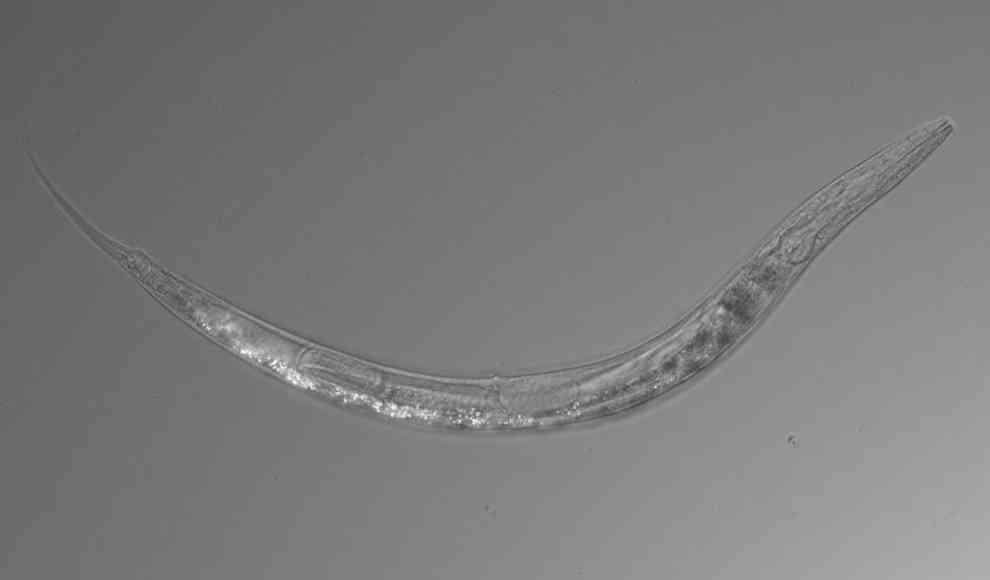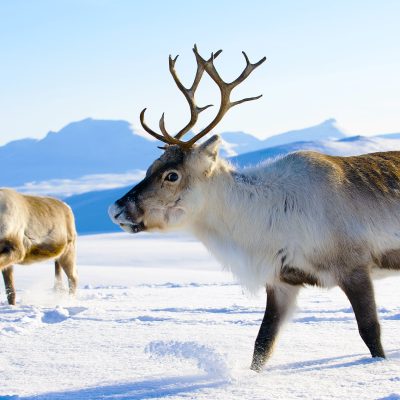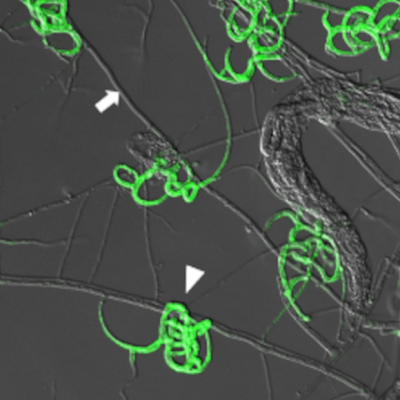In the depths of California’s Mono Lake, scientists have discovered a new species of nematode worm that possesses three genders and can survive arsenic concentrations 500 times higher than those lethal to humans. The lake is one of the most inhospitable environments on Earth, with an extremely high pH level and salt content three times that of the oceans. Despite these conditions, bacteria and algae have been found to thrive there, as well as the biomass of brine shrimp and a fly species that can dive into the lake with an air bubble. Researchers from the California Institute of Technology have now identified nematode worms in the lake, which are known for their adaptability to extreme environments. The team found eight different nematode species in soil samples from the lake, with three distinct feeding habits. Some feed on microbes in the lake, while others feed on other nematodes, and a third group are parasites that attach themselves to brine shrimp and flies. All of the nematodes found in Mono Lake are classified as extremophiles, able to survive in conditions that would be fatal to most other organisms.
Of particular interest is a new species of nematode worm, Auanema sp., which possesses three genders: male, female, and hermaphrodite. Unlike other hermaphrodites, the offspring of Auanema sp. are born alive. This is likely an adaptation to the extreme conditions of Mono Lake, where the nematodes have been found to survive arsenic concentrations far beyond what is lethal to humans. In laboratory experiments, Auanema sp. worms were able to produce offspring even at arsenic concentrations much higher than those found in the lake, and were able to survive arsenic doses 500 times higher than those lethal to humans. The researchers hope to identify the genes responsible for the nematodes’ remarkable adaptability, which could have implications for human health in areas where high arsenic concentrations are present in drinking water.
This discovery highlights the resilience of extremophiles and their potential to teach us about innovative strategies for dealing with challenges. The researchers plan to continue studying the nematodes in Mono Lake to better understand their genetic makeup and how they are able to survive in such a hostile environment.










